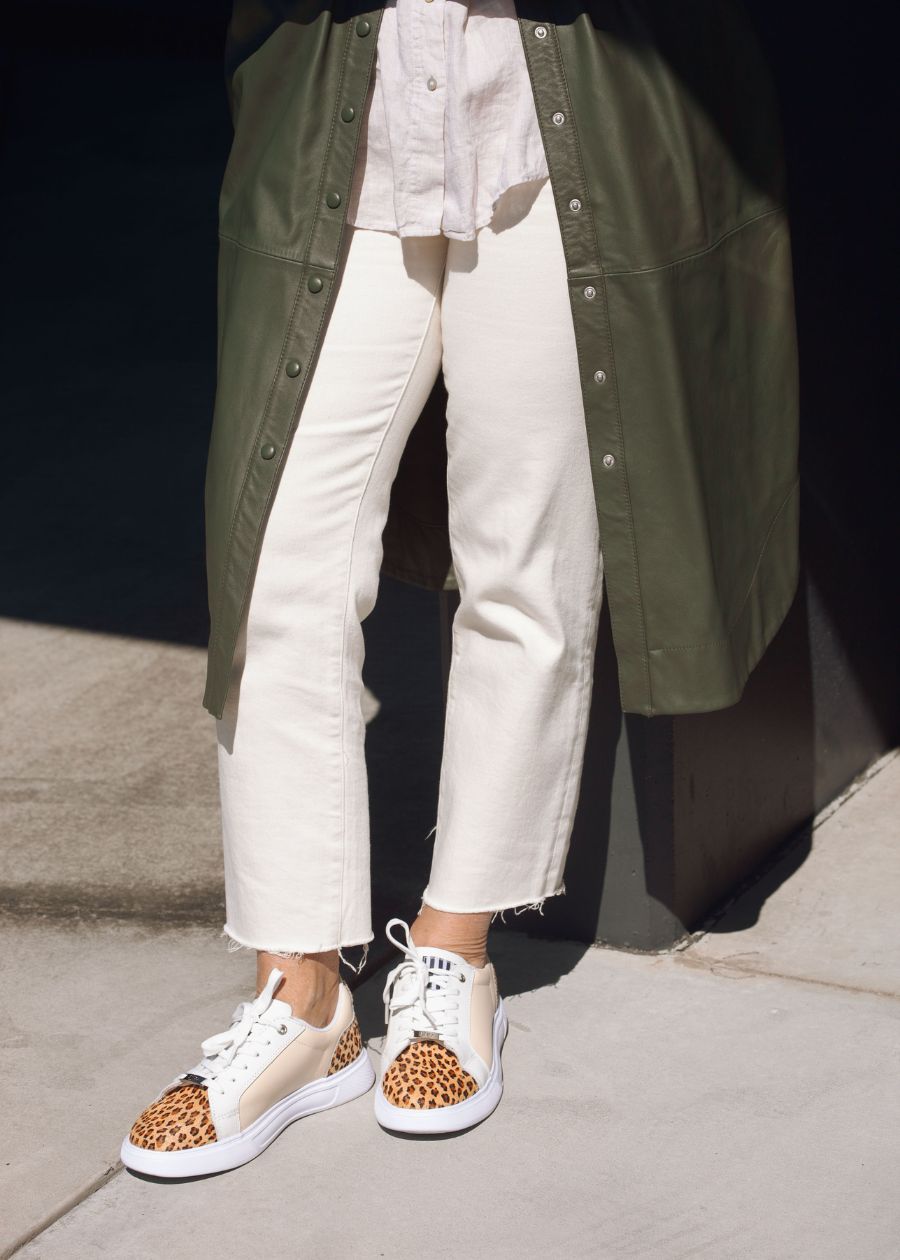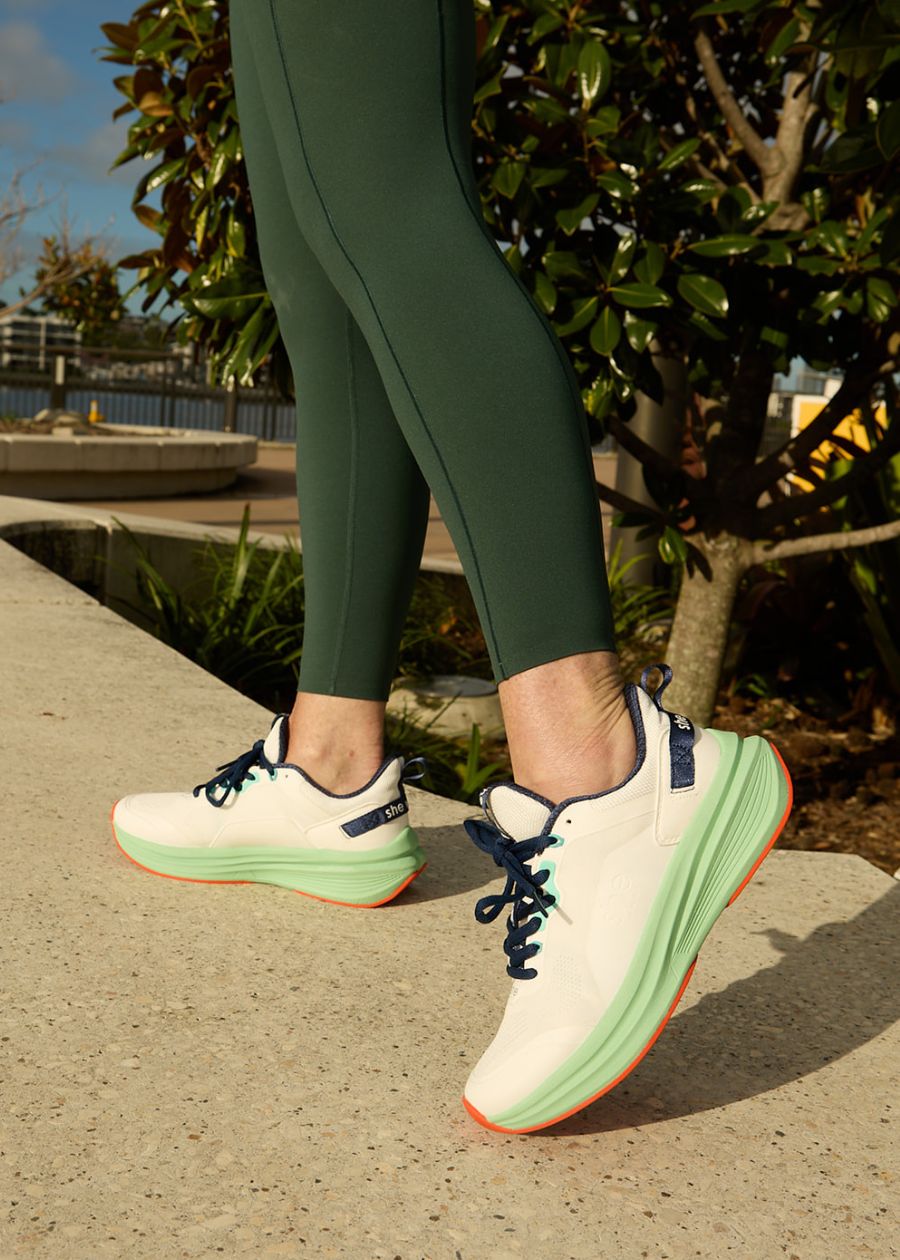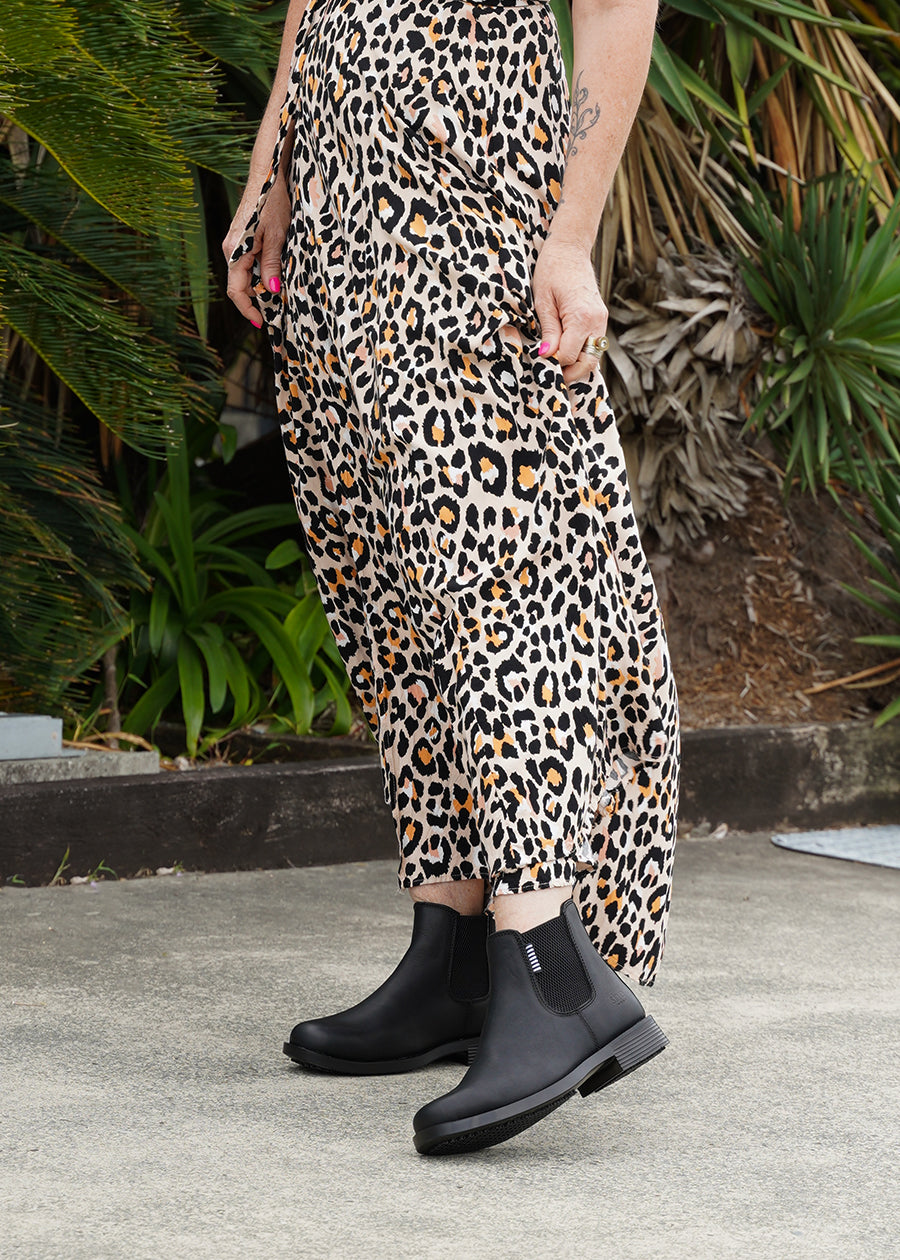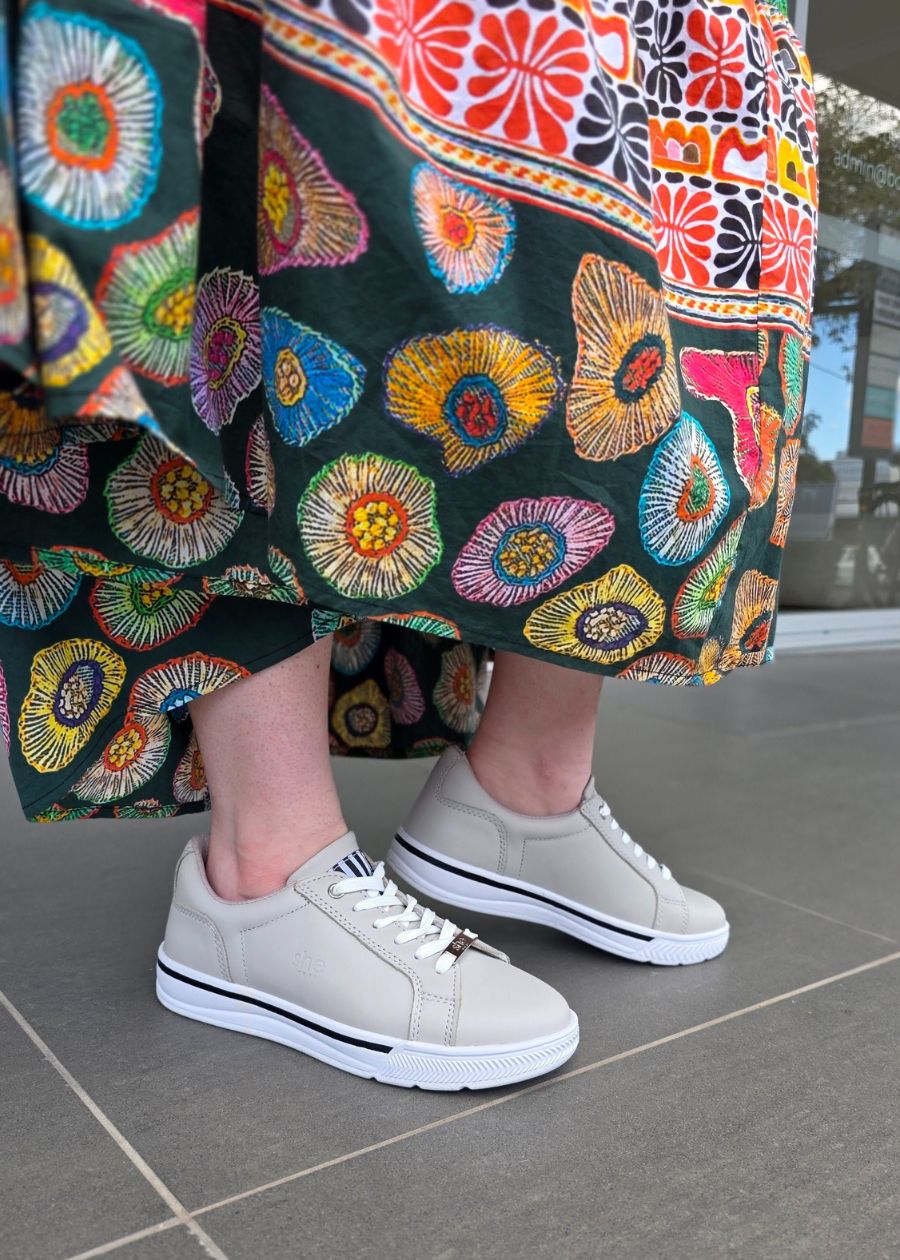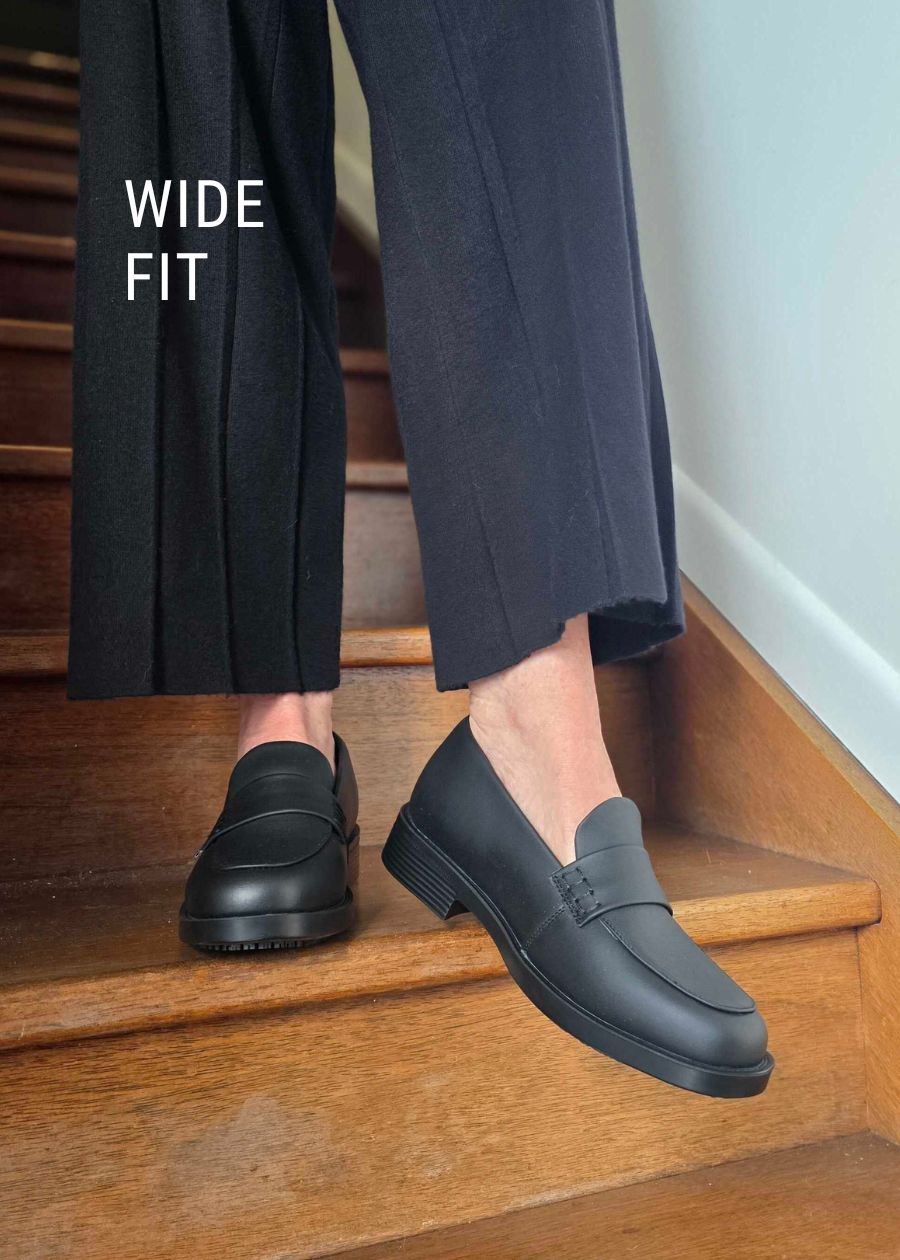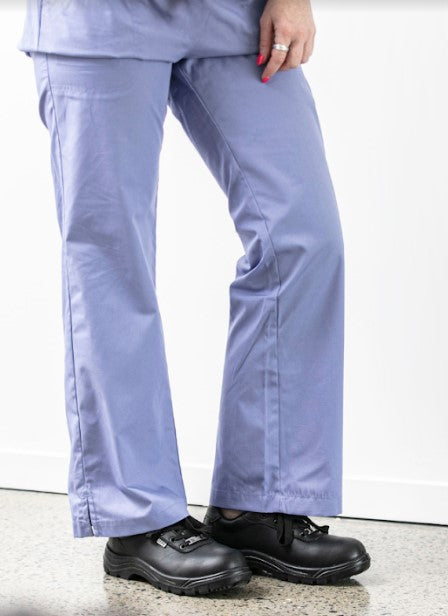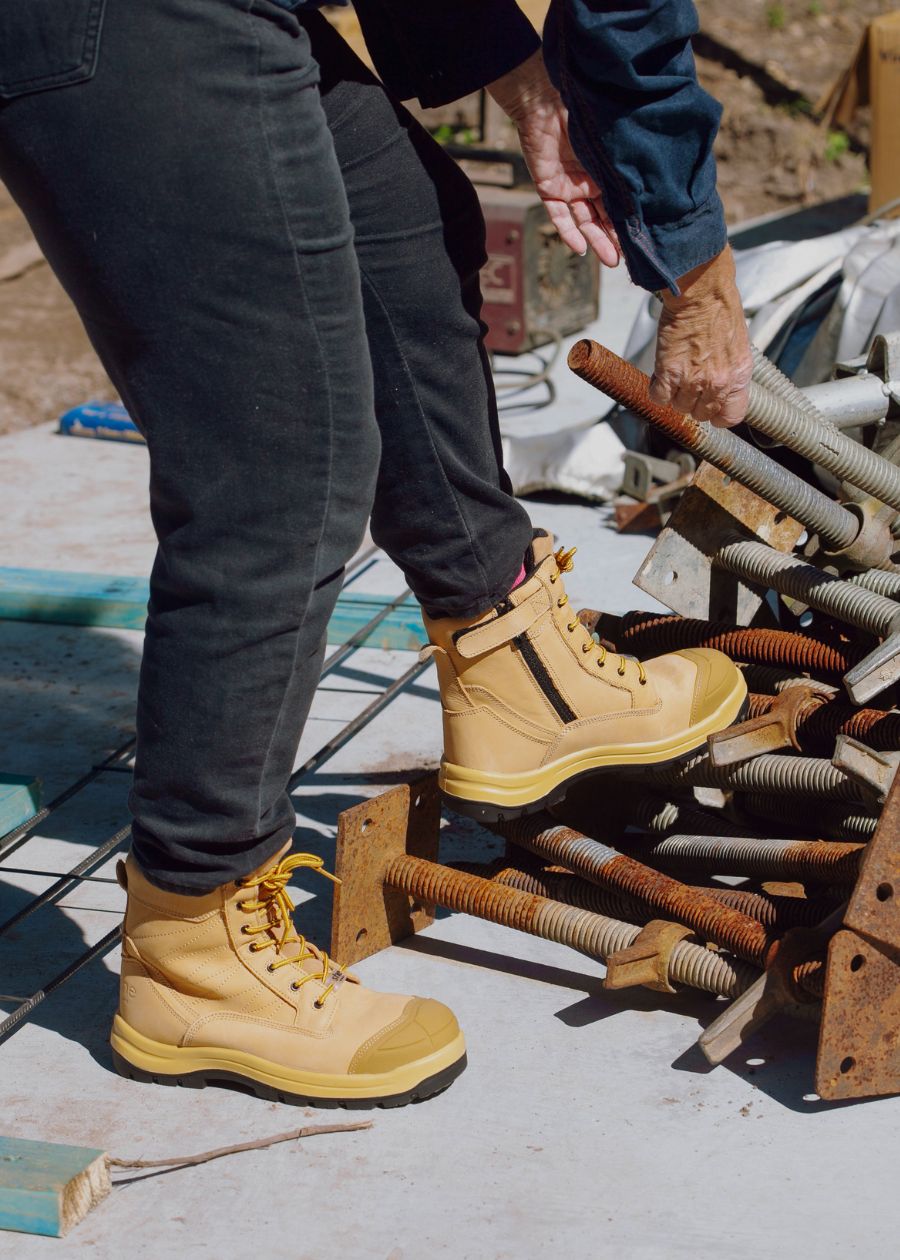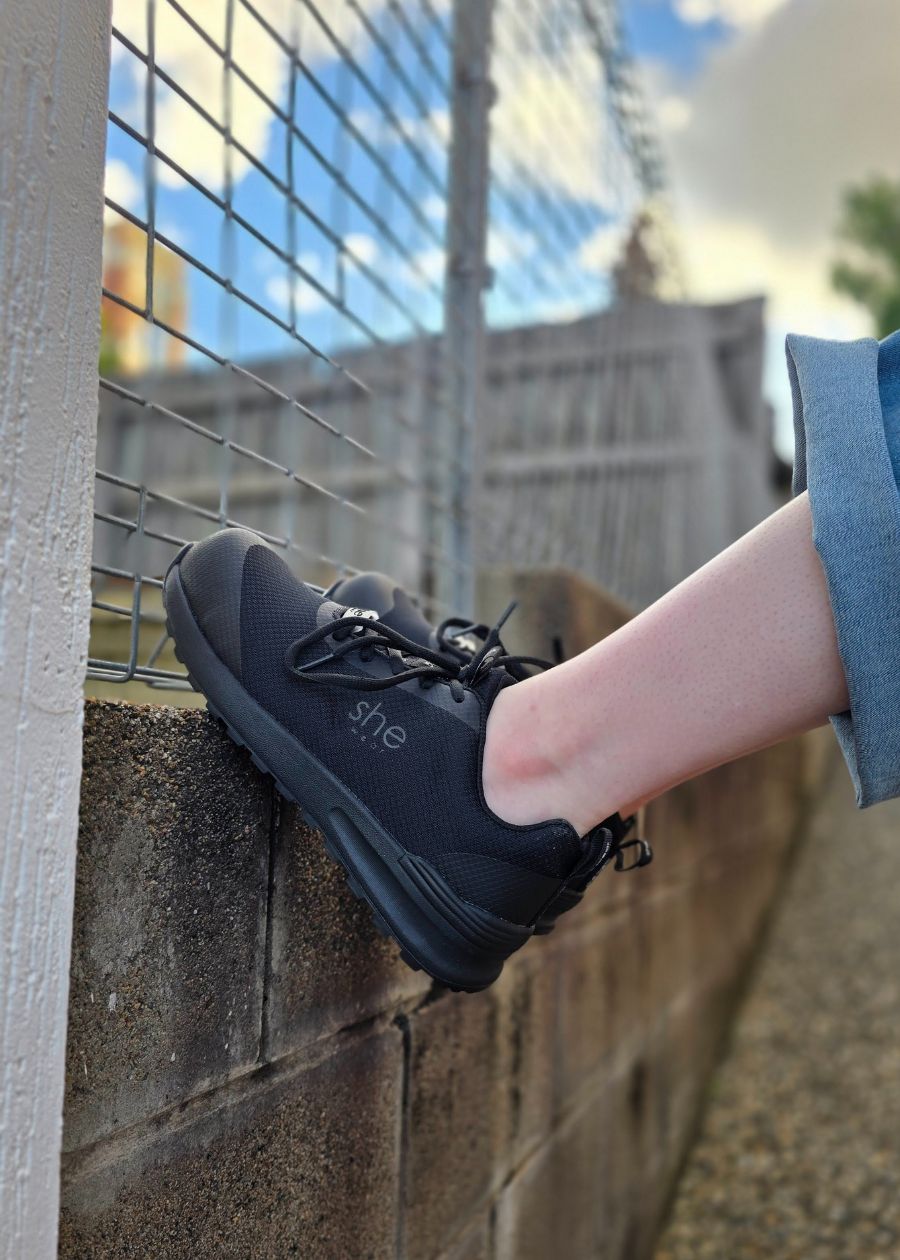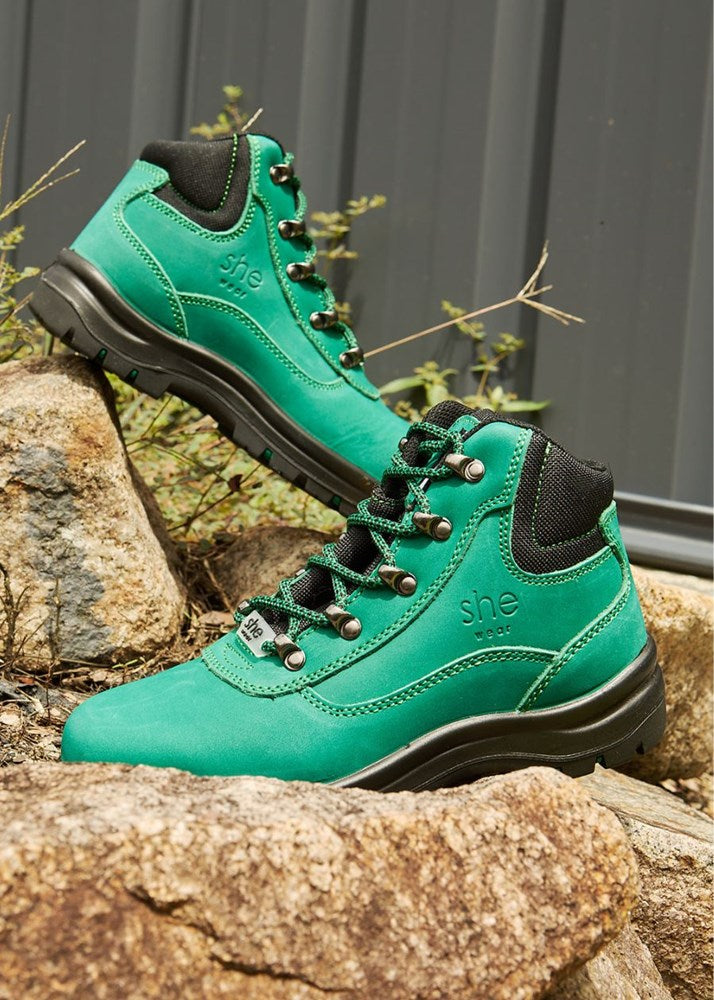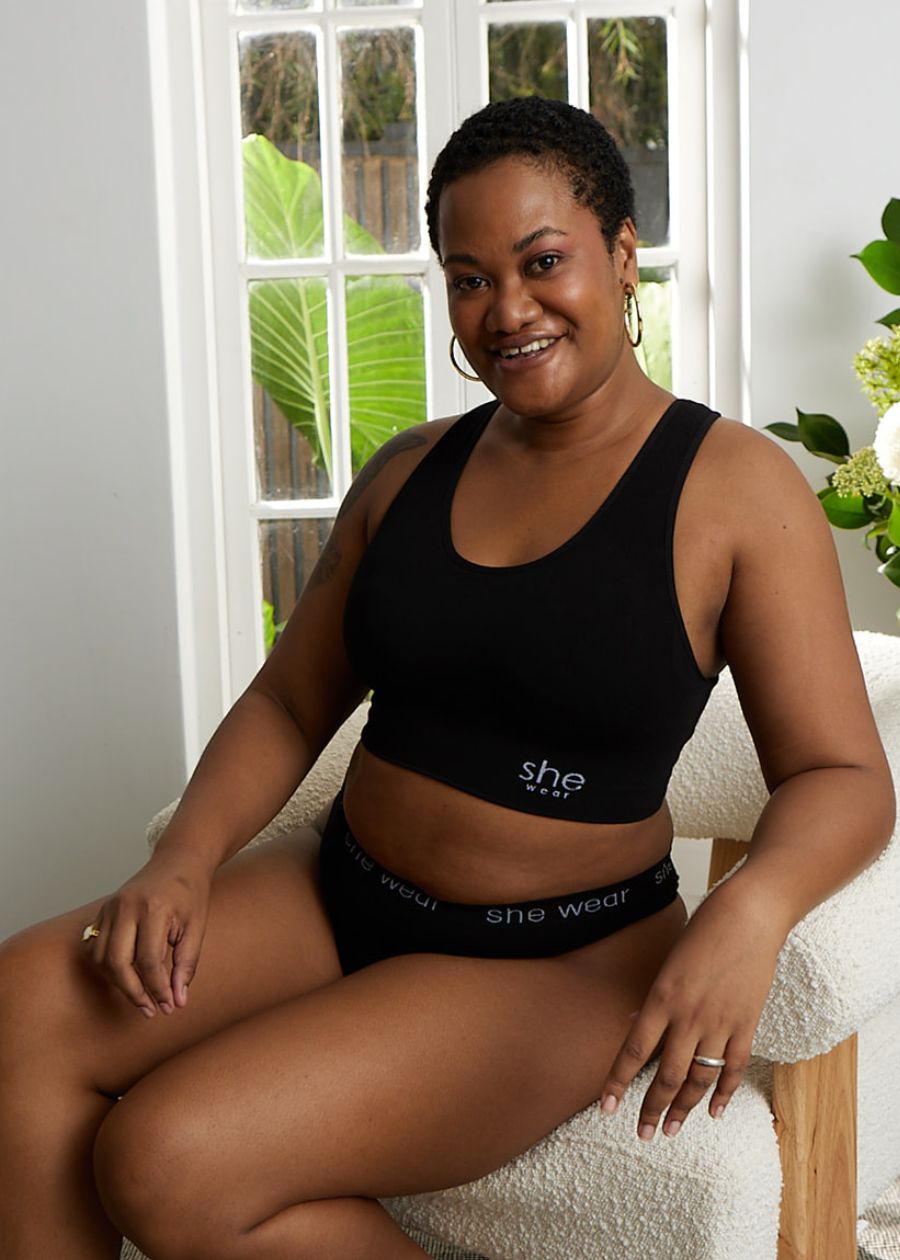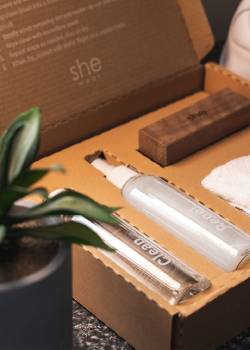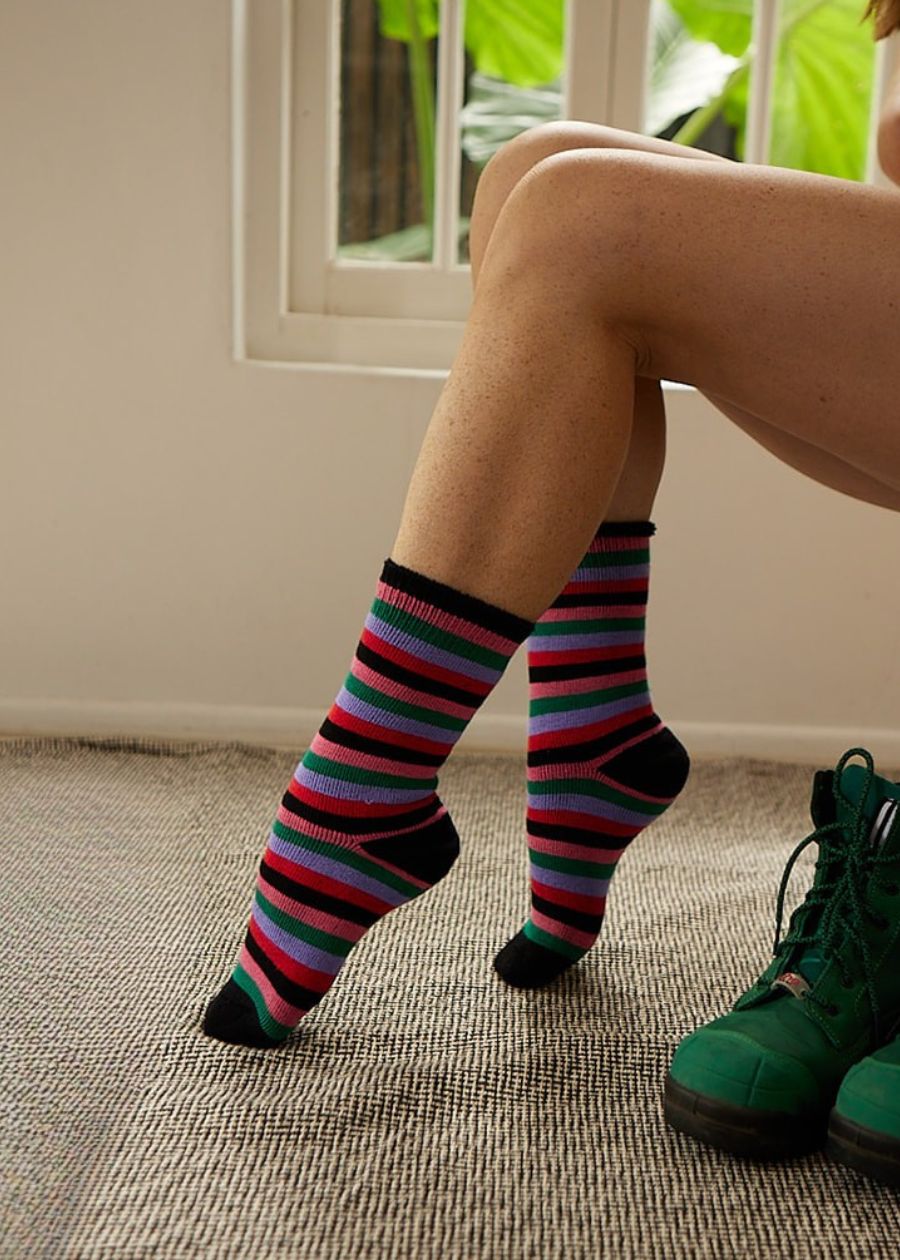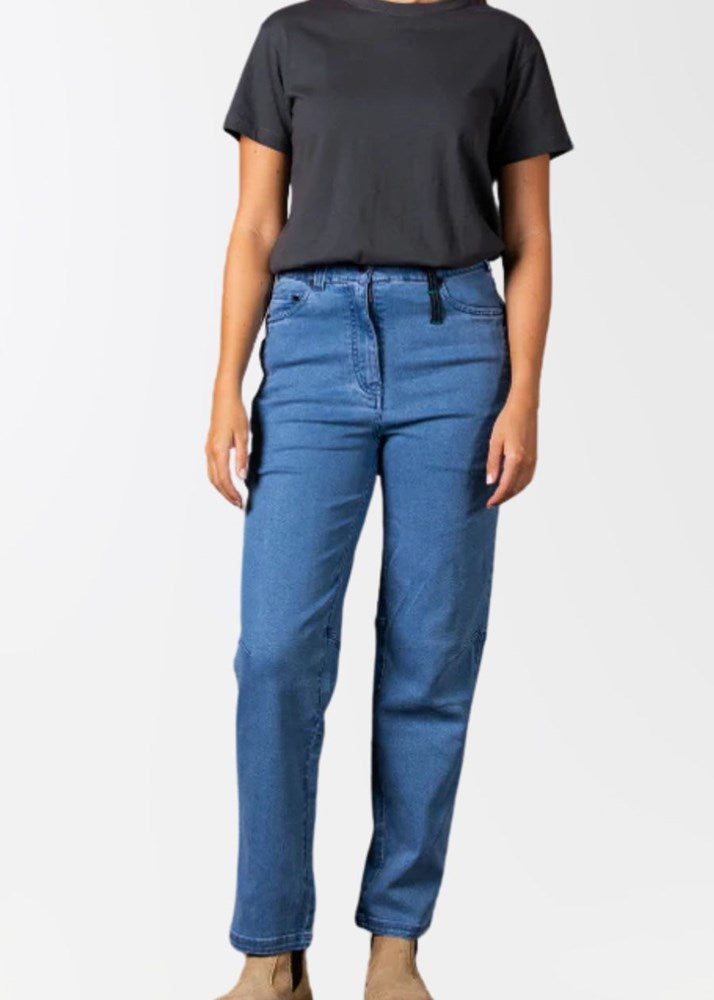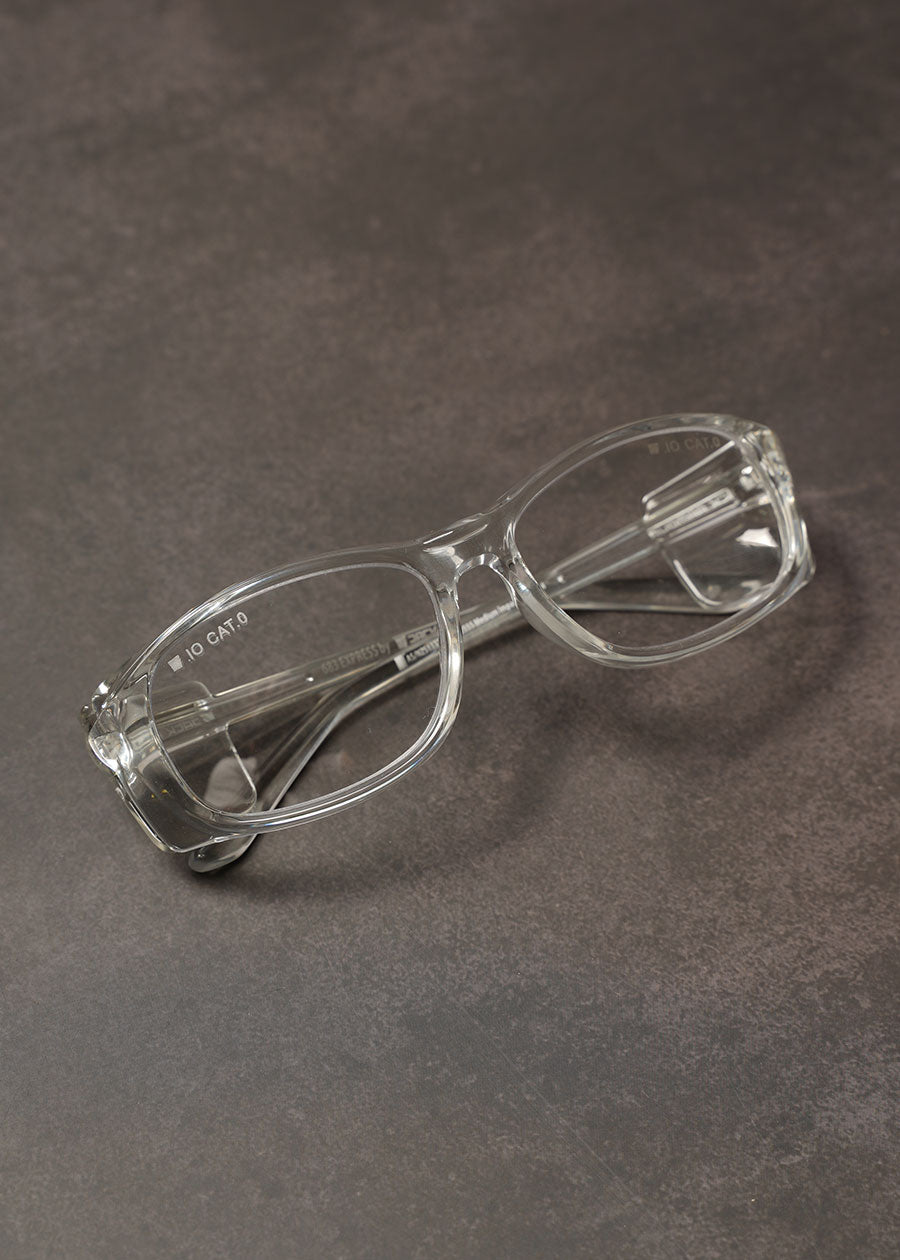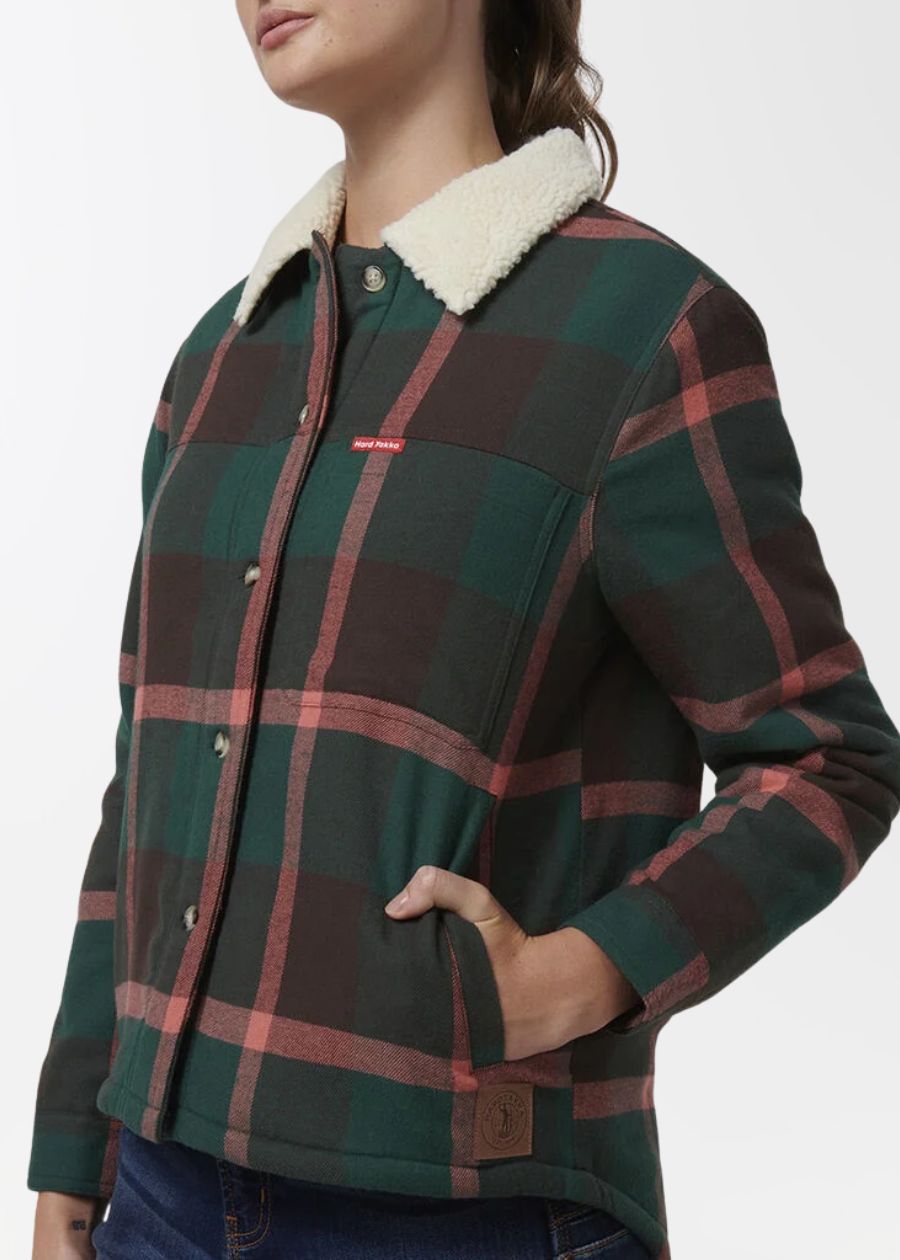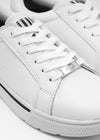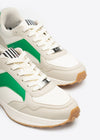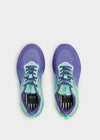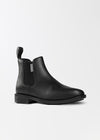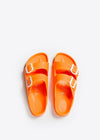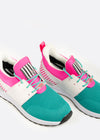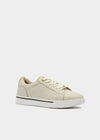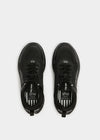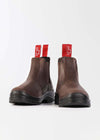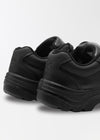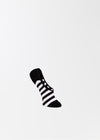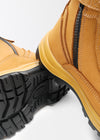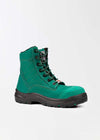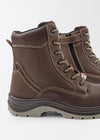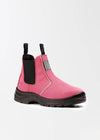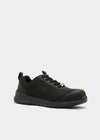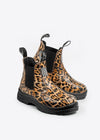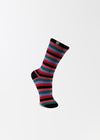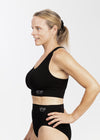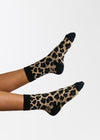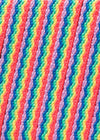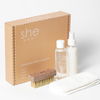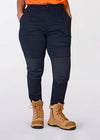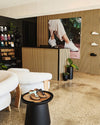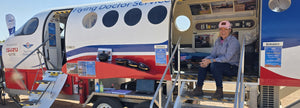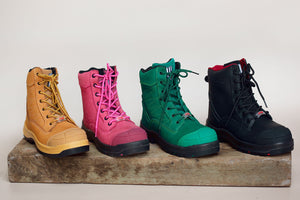Certifications
WORK FOOTWEAR
Our work footwear collection is tested and certified to the Australian occupational footwear standard, AS 2210.5:2019 by the BSI Group.
Certified occupational footwear is designed to minimise the risk of injury from workplace incidents. A recent trial in the UK found workplace slips and falls were reduced by 40% when people were wearing correct footwear.
SLIP RESISTANCE : Our footwear has been successfully tested against AS 2210.5:2019 for slip resistance and the following marking symbols may apply. These symbols are identified on the product page (and on the tongue label on the individual product).
- SRA : Ceramic tile with sodium lauryl sulphate
- SRB : Steel with glycerol
- SRC : Covers both SRA and SRB (highest protection)
No shoe can be deemed "non slip" and even though our footwear is tested and certified to the highest slip resistant standard possible, it does not mean it's slip resistant on every surface.
ADDITIONAL PROTECTION may be provided, and is identified on the product page (and on the tongue label on the individual product) by its marking symbols as follows :
- WRU : Water resistant upper
- HRO : Resistance to hot contact
- FO : Resistance to fuel oil
SAFETY FOOTWEAR
She wear safety footwear will keep you protected on the job! Our safety footwear undergoes rigorous testing to ensure compliance to standards and specifications (AS 2210.3:2019, ASTM F2413-18 and EN ISO 20345:2011). Our safety footwear is fully certified to AS 2210.3:2019 by an independent third party global certification company, BSI.
Safety footwear is designed to minimise the risk of injury which could be inflicted by the wearer during use. It is designed to be used in conjunction with a safe working environment and will not completely prevent injury if an accident occurs which exceeds the testing limits of applicable standards.
SAFETY TOE PROTECTION : This footwear protects the wearer’s toes against risk of injury from falling objects and crushing when worn in industrial and commercial environments where potential hazards occur with the following protection, plus where applicable, additional protection. We use 2 different types of safety toe caps, either steel or composite. They are tested and certified to the exact same protection.
- Impact protection provided is 200 Joules for AS 2210.3:2019 and 100 Joules for ASTM F2413-18
- Compression protection provided is 15,000 Newtons for AS 2210.3:2019 and 11,125 Newtons for ASTM F2413-18
SLIP RESISTANCE : Our footwear has been successfully tested against AS 2210.3:2019 for slip resistance and the following marking symbols may apply. These symbols are identified on the product page (and on the tongue label on the individual product).
- SRA : Ceramic tile with sodium lauryl sulphate
- SRB : Steel with glycerol
- SRC : Covers both SRA and SRB (highest protection)
No shoe can be deemed "non slip" and even though our footwear is tested and certified to the highest slip resistant standard possible, it does not mean it's slip resistant on every surface.
PENETRATION RESISTANCE (PR) : Our She Excels range offers a certified composite penetration resistant insole. This metal free insole covers 100% of the boot's sole surface offering the best protection. Steel plates only cover approx 85% of the sole. The composite midsole is also lighter more flexible and more comfortable than a steel plate.
ANTI-STATIC : Antistatic footwear should be used if it is necessary to minimise electrostatic build-up by dissipating electrostatic charges, thus avoiding the risk of spark ignition of, for example flammable substances and vapours, and if the risk of electric shock from any electrical apparatus or live parts has not been completely eliminated. It should be noted, however, that antistatic footwear cannot guarantee an adequate protection against electric shock as it introduces only a resistance between foot and floor. If the risk of electric shock has not been completely eliminated, additional measures to avoid this risk are essential. Such measures, as well as the additional tests mentioned below, should be a routine part of the accident prevention programme at the workplace.
Experience has shown that, for antistatic purposes, the discharge path through a product should normally have an electrical resistance of less than 1000 MΩ at any time throughout its useful life. A value of 100 kΩ is specified as the lowest limit of resistance of a product when new, in order to ensure some limited protection against dangerous electric shock or ignition in the event of any electrical apparatus becoming defective when operating at voltages of up to 100 V. However, under certain conditions, users should be aware that the footwear might give inadequate protection and additional provisions to protect the wearer should be taken at all times.
The electrical resistance of this type of footwear can be changed significantly by flexing, contamination or moisture. This footwear will not perform its intended function if worn in wet conditions. It is, therefore, necessary to ensure that the product is capable of fulfilling its designed function of dissipating electrostatic charges and also of giving some protection during the whole of its life. The user is recommended to establish an in-house test for electrical resistance and use it at regular and frequent intervals.
All of our safety styles are tested and certified anti static, except for She Excels which is rated EH.
ELECTRICAL HAZARD RESISTANCE (EH) - ASTM F2413-18 : Refer to our She Excels range.
Non-conductive footwear is designed as a supplemental form of protection to the wearer from hazardous step potential (the difference in electrical potential between the feet) while standing on the ground. This footwear is not suitable where anti-static properties are needed.
ASTM F2413-18 electrical hazard resistant products are capable of withstanding the application of 18,000V at 60Hz for 1 minute (with no current flow or leakage current in excess of 1.0mA under dry conditions: ASTM standard F2413-18). This type of safety boot should be worn by electricians, construction workers using power tools, or anyone working in an environment where the risk of spark ignition is less than electrocution.
Note: Electrical Hazard footwear is to be used in conjunction with primary protective equipment in areas and environments where there is a need to reduce the risk of electric shock due to accidental contact with live electric wires. EH safety boots should not be used as the primary source of protection in an electrical hazard environment. A variety of methods such as maintaining appropriate distances, use of isolation methods, use of grounding methods for step voltage control, etc. should be considered to provide protection.
EH protection is severely deteriorated in conditions such as excessive wear on the soling material, contamination by conductive materials and exposure to wet or humid environments.
ADDITIONAL PROTECTION may be provided, and is identified on the product page (and on the tongue label on the individual product) by its marking symbols as follows :
- WRU : Water resistant upper
- EH : Electrical Hazard
- P : Penetration resistance
- HRO : Resistance to hot contact
- FO : Resistance to fuel oil
CATEGORIES OF SAFETY FOOTWEAR :
|
CATEGORY |
TYPE |
REQUIREMENT |
|
SB |
I |
Basic safety requirements |
|
S1 |
I |
Closed seat region |
|
S2 |
I |
As S1 plus |
|
S3 |
I |
As S2 plus |
|
Type I footwear is made from leather and other materials excluding all rubber or all polymeric footwear * Our penetration resistant (PR) She Excels work boot is rated SB P E FO WRU HRO SRC, not S3 as it has an Electrical Hazard (EH) rating rather than anti static (S3 is anti static). |
||
LIFESTYLE FOOTWEAR (boots & enclosed shoes)
Some styles in our lifestyle range are tested and certified as an occupational shoe (this certification will be specified on the product page).
For those styles not fully certified, the outsoles have been tested slip resistant under AS 2210.5:2019 to either SRA or SRC (this will be specified on the product page).
SLIP RESISTANCE : Our footwear has been successfully tested against AS 2210.5:2019 for slip resistance and the following marking symbols may apply. These symbols are identified on the product page (and on the tongue label on the individual product).
- SRA : Ceramic tile with sodium lauryl sulphate
- SRB : Steel with glycerol
- SRC : Covers both SRA and SRB (highest protection)
No shoe can be deemed "non slip" and even though our footwear is tested and certified to the highest slip resistant standard possible, it does not mean it's slip resistant on every surface.
LIFESTYLE FOOTWEAR (slides)
The outsoles on our Chill and Glide slides have been slip resistant tested via the SATRA method. They have passed the TM144:2019 requirements for dry or wet condition on a tiled floor.
This method determines the coefficient of friction between footwear and test floors under conditions simulating those experienced in the phases of a typical walking step when slip is most likely to occur. Please note, this does not mean they are slip resistant under all conditions particularly on wet gloss tiles and oil or water on the floor nor is the footwear "non slip" (which no footwear can be due to varying conditions). Care must always be taken.
CARING FOR FOOTWEAR :
To ensure the best service and wear from footwear, it is important that the footwear is regularly cleaned and treated with a quality cleaning product. Do not use any caustic cleaning agents. Where footwear is subjected to wet conditions, it shall, after use, be allowed to dry naturally in a cool, dry area and not be force dried as this can cause deterioration of the materials.
If footwear is cared for and worn in the correct working environment and stored in dry, ventilated conditions, it should give a good wear life, without premature failure of the outsole, upper and upper stitching. The actual wear life for footwear is dependent on the type of footwear, environmental conditions which can affect the wear, contamination and degradation of the product.
Anti-static and electrical hazard protection severely deteriorates in certain conditions such as exposure to wet or humid environments.
For full care instructions, please refer to the care guide.
CERTIFICATIONS
STANDARDS COMPLIANCE - BSI GROUP (SAFETY & WORK CATEGORIES)

Occupational footwear :
AS 2210.5:2019 : BMP # 718571 and # 74589
Safety footwear :
AS 2210.3:2019 : BMP # 633470
ASTM F2413-18 : BMP # 755377
She wear safety and occupational footwear is certified by BSI Group, Suite 1, Level 1 54 Waterloo Road, Macquarie Park NSW 2113, Australia.
The Benchmark Mark is a registered certification mark owned and operated by BSI. It is one of the most recognised symbols of quality and safety and offers true value to consumers, businesses and procurement practices. Product certification is the process of certifying that a product has passed performance tests and quality assurance tests in order to meet the necessary local, national or international quality standards relevant to a particular market or product set.
Our Australian certifiers travel to our factories annually to conduct audits to ensure footwear is manufactured under strict standards compliance, and products and machinery are tested to internationally recognised standards. Our safety footwear is certified to AS 2210.3:2019 and our work footwear is certified to the occupational footwear standard, AS 2210.5:2019. Some of our footwear is also tested to American and/or European standards (as specified).
Please refer to individual product pages for specification details.
GOLD RATED TANNERIES (LWG)

Our leather is sourced from tanneries who have received gold rating status from the Leather Working Group (LWG). The objective of this multi-stakeholder group is to develop and maintain a protocol that assesses the environmental compliance and performance capabilities of leather manufacturers and promotes sustainable and appropriate environmental business practices within the leather industry. The group seeks to improve the leather manufacturing industry by creating alignment on environmental priorities, bringing visibility to best practices and providing suggested guidelines for continual improvement.
When a tannery is audited according to the Leather Working Group (LWG) protocol, they check the tannery’s management of chemical, energy and water use, waste and effluent treatment, as well as air and noise emissions. This is a thorough check of the environmental impact of the tanning process.
We only use gold-rated tanneries that have the highest rating by LWG. This means they have scored higher than 85 in the LWG audit on a scale from 0 to 100. For us this is a guarantee that the tannery has a comprehensive management system to reduce their environmental impact. Or to put it in a simple way, it means that the tanneries we work with are using less energy, less water, less and better chemicals, as well as taking care of waste and effluent in a responsible way.
ECOCERT (ORGANIC BAMBOO)

Our bamboo products are manufactured with organic bamboo, and the bamboo is certified by EcoCert, an organic certification and inspection body established in France in 1991. With activity in over 80 countries, it has become one of the largest organic certification organizations in the world and one of the best known labels in the field of standardization.
To ensure an environmentally friendly product, the EcoCert standard lays down that the ingredients are derived from renewable resources and manufactured by using environmentally friendly processes. They strive to enable production processes that respect the environment, better management of available energy and of natural resources (water, air, soil fertility), socially responsible sectors, and better product quality and safety. All of these elements are essential to address today’s economic, social and environmental challenges in order to build tomorrow’s world.
OEKO-TEX BAMBOO (SOCKS & UNDERWEAR)

We manufacture our bamboo socks and underwear range with OEKO-TEX® certified bamboo. The STANDARD 100 by OEKO-TEX® is a worldwide consistent, independent testing and certification system for raw, semi-finished, and finished textile products at all processing levels.
This standard ensures that products are free from dangerous substances – chemicals like pesticides, heavy metals, formaldehyde, and undesirable surfactants. The certification is designed to ensure the effect the dyeing industry has on the environment is minimised and the garments are safe for consumers as well as the people who make and sell them.
To obtain a OEKO-TEX Standard 100 certification, the textile needs to be free from more than 100 substances known to be harmful to human health. The standard takes into account the following:
- Legal regulations, such as banned AZO colourants, formaldehyde, pentachlorophenol, cadmium, nickel etc
- Other harmful chemicals that are not yet legally regulated
- Requirements of Annexes XVII and XIV of the European Chemicals Regulation REACH as well as the ECHA SVHC Candidate List
- Requirements from the US Consumer Product Safety Improvement Act (CPSIA) regarding lead.
- Numerous environmentally relevant substance classes
ETHICAL STANDARDS AND SOCIAL COMPLIANCE SUPPLY CHAIN CERTIFICATIONS
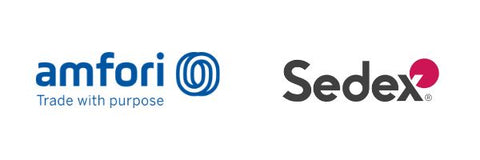
She wear's factories operate under acceptable human rights conditions and protect workers’ human rights. To monitor this, our factories and suppliers are subject to an independent audit on an annual basis. This audit covers areas such as : environment, working conditions, working hours, child labour, forced labour, discrimination/harrassment and abuse, management practise, health and social facilities, occupational health and safety.
She wear will not accept, under any circumstances, any of the following practices from the suppliers or factories we deal with : child labour, unsafe working conditions, illegal conduct, corruption, excessive work hours, discrimination, forced labour of any kind, inhumane treatment.
Our factories either hold a Business Social Compliance Initiative (BSCI) audit by AMFORI or a SMETA audit by Sedex.

